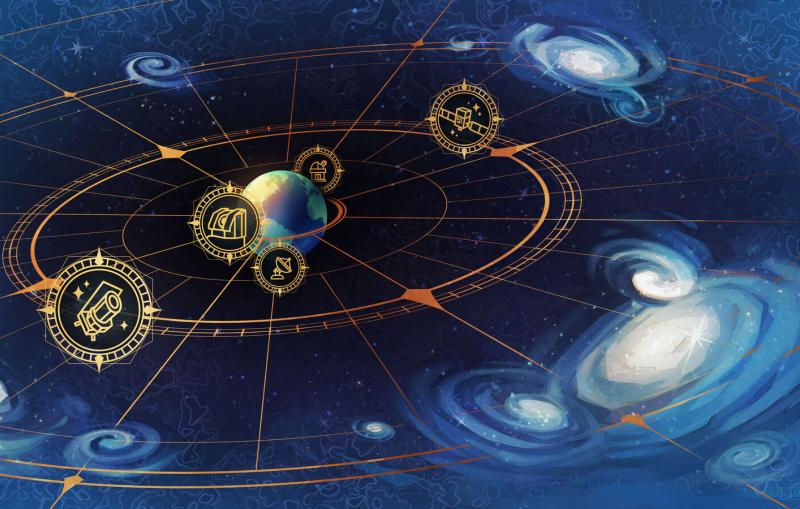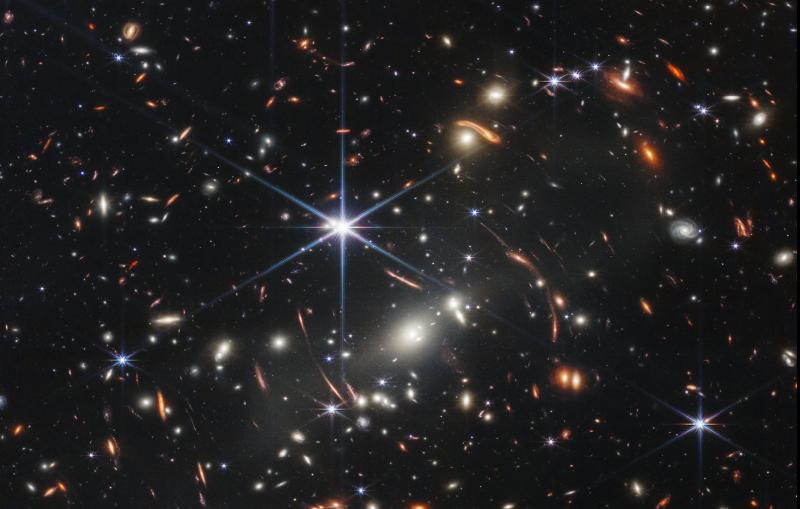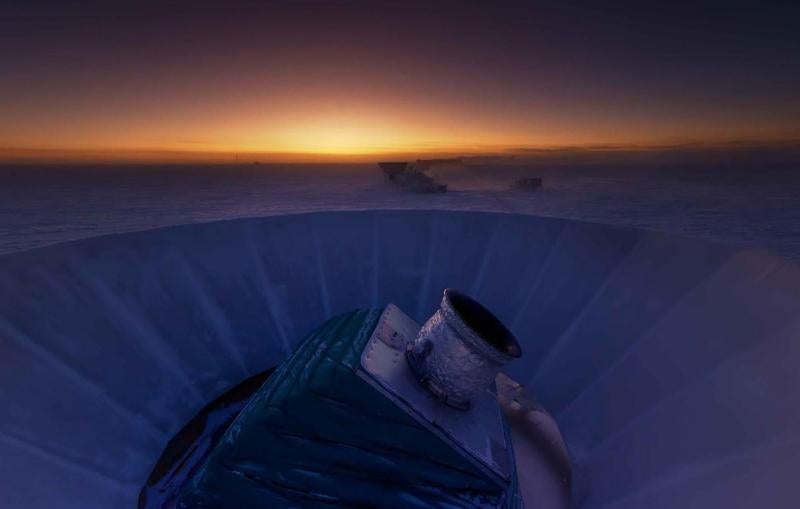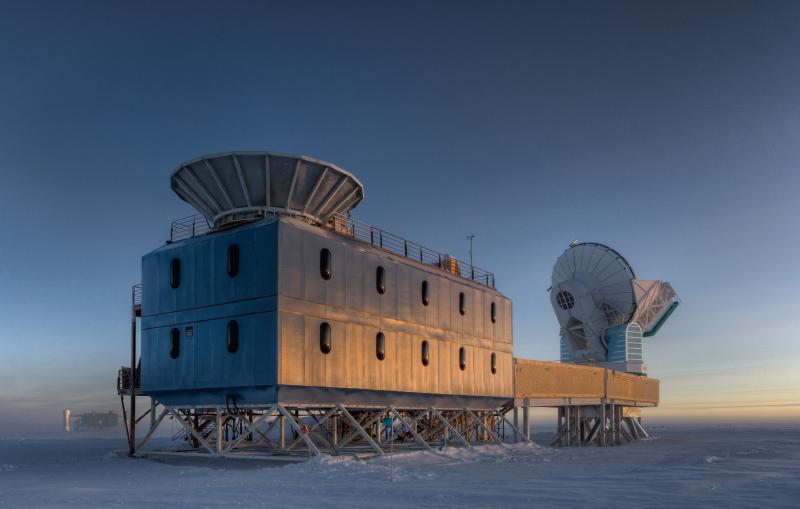Researchers from the BICEP2 collaboration have announced the first direct evidence supporting the theory of cosmic inflation. Their data also represent the first images of gravitational waves, or ripples in space-time. These waves have been described as the "first tremors...









